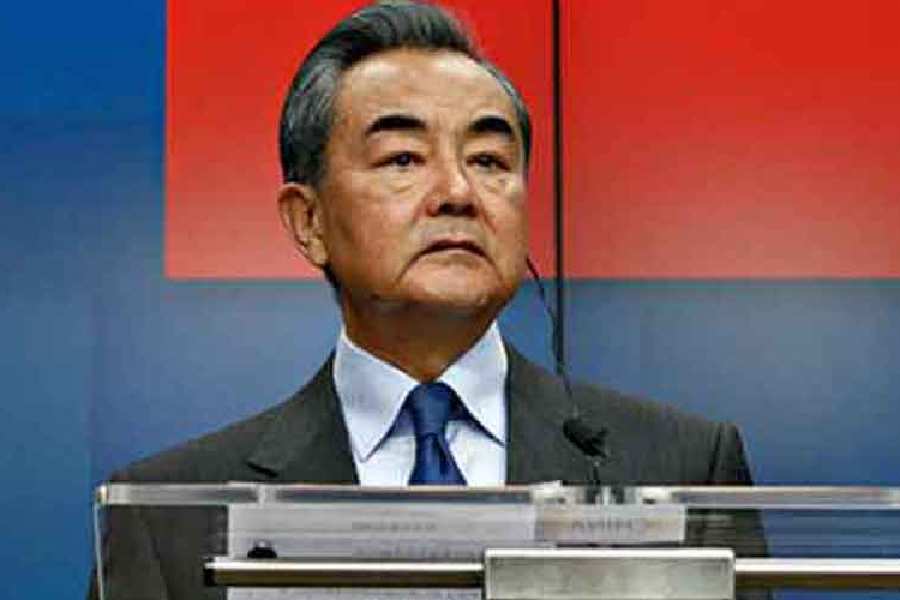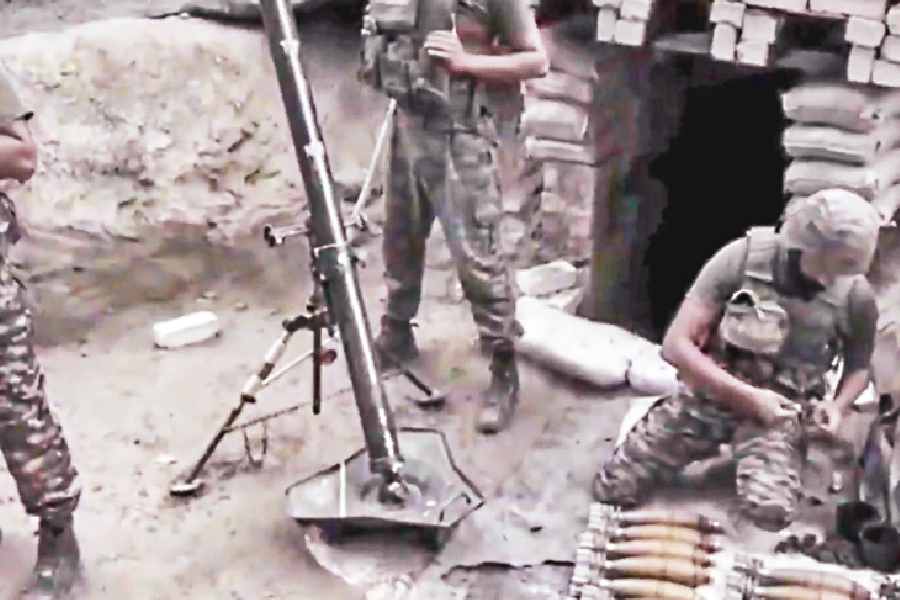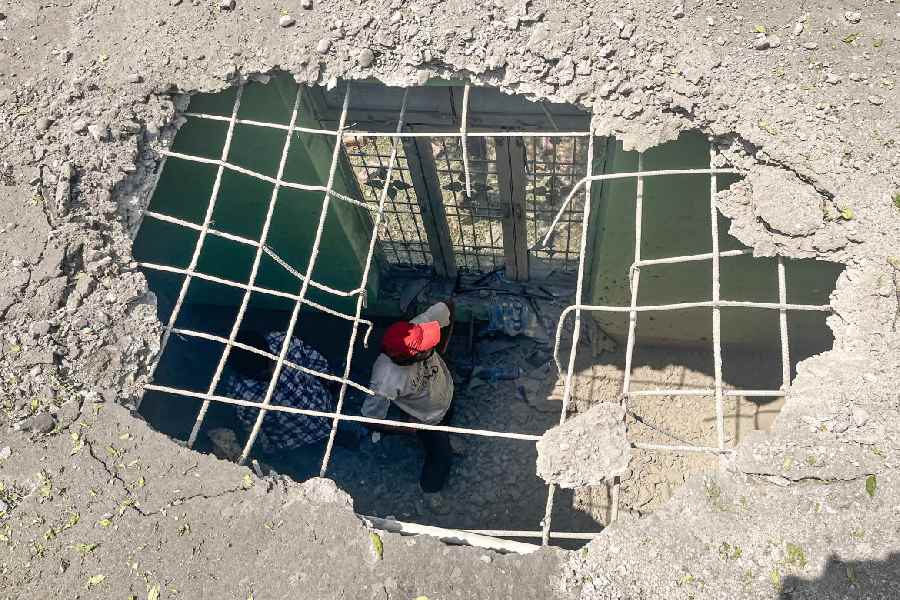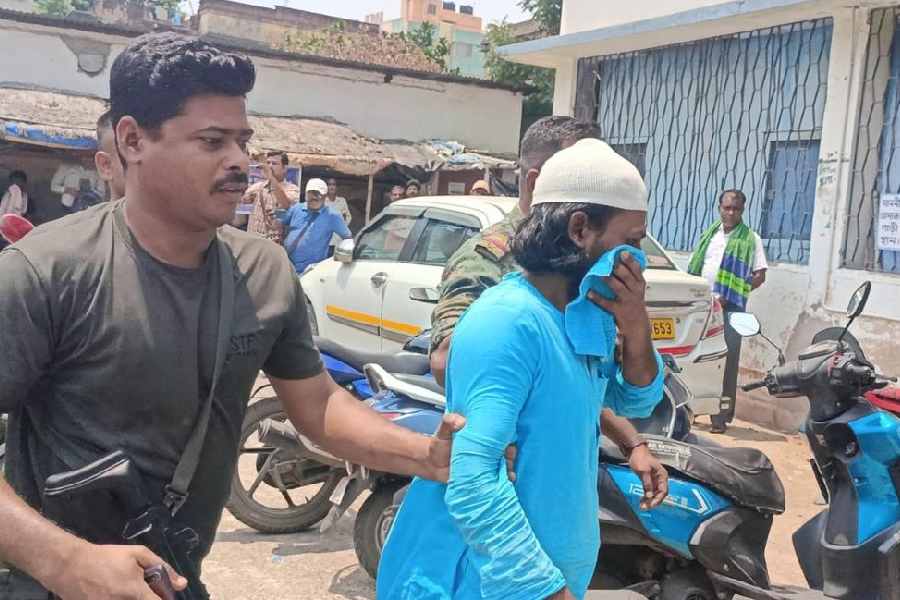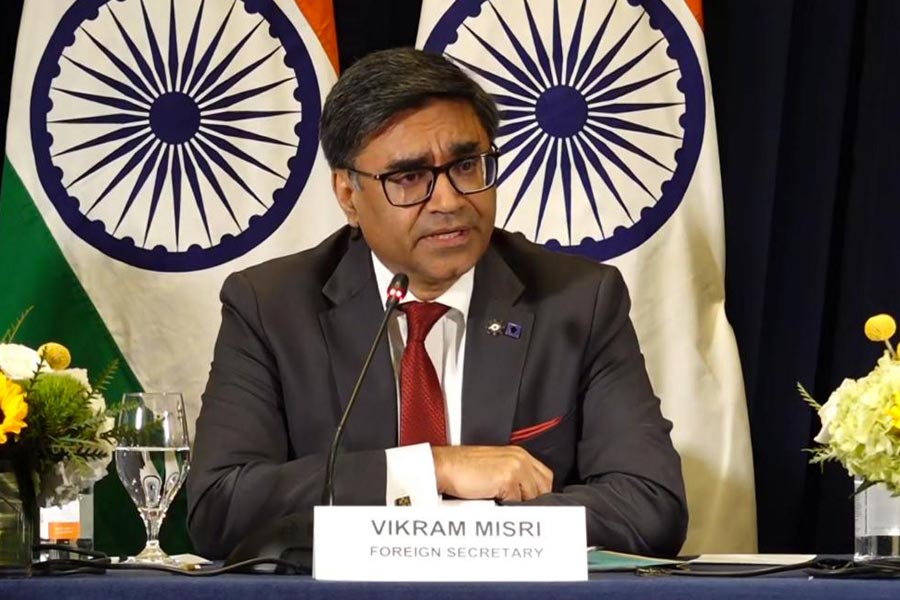New Delhi, Nov. 29: Chief Justice of India T.S. Thakur today ticked off the government for sitting on the reappointment of over two dozen retired judges as ad hoc judges of high courts, saying the names were of people both "tried and tested".
"There are more than 50 per cent vacancies in high courts. There are people (judges) who are retired. Those who are retired, tried and tested are to be appointed. Twenty-five names are lying with you. You have not cleared it," the bench told additional solicitor-general Maninder Singh, as the differences between the judiciary and the executive over judicial appointments surfaced again in the Supreme Court.
The bench - which also included Justices D.Y. Chandrachud and L. Nageswara Rao - was dealing with a 2012 plea by petitioner Imtiaz Ahmed, who had sought improvement of judicial infrastructure for speedy disposal of cases.
A special provision under Article 224A of the Constitution allows the President to reappoint retired high court judges as ad hoc judges of high courts for a period not exceeding two years.
At a recent conference of chief justices of high courts and chief ministers, it had been decided that retired high court judges would be reappointed as a temporary measure till all the vacancies in the high courts were filled up.
Accordingly, the high courts had sent 25 names to the Centre but it is yet to approve any of them. That has irked the Supreme Court, which chided the government today for the delay in clearing the names.
Over the past year, the NDA government and the judiciary have traded charges over the hundreds of vacancies in the high courts.
The government insists that 120 vacancies have already been filled and that it is the Supreme Court collegium that has delayed recommending judges for appointment. The judiciary has accused the Centre of sitting on files. At an earlier hearing, the CJI had even threatened to pass a judicial order to fill the vacancies.
Today, additional solicitor-general Singh informed the court that under the 14th Finance Commission recommendations, the Centre had allocated Rs 9,000 crore for developing the infrastructure of high courts and subordinate courts for the five-year period starting April 2015.
Justice Thakur said the existing infrastructure at the high courts did not reflect the so-called allocation and that states had been saying they lacked resources.
Singh said the Centre could not be blamed as the funds are allocated to the state governments concerned.
"If states are taking the plea that they have no resources and infrastructure, what is the Union of India doing?" the CJI asked.
The ASG said that even under the 13th Finance Commission allocation of Rs 5,000 crore, only Rs 1,000 crore had been utilised for infrastructure development by high courts across the country, indirectly blaming the judiciary.
The CJI snapped back: "It (funds) is devolved to the states. States have to utilise the funds and approach the high courts. But how much money is eventually released to the judiciary is not known. How will you (the Centre) monitor? How will you ensure the money is allocated for the judiciary? You can't say, we have allocated Rs 10,000 crore, so it is now your (the judiciary's) headache.
"You should ensure that money meant for the judiciary will not be used for any other purpose. You should have placed it at the disposal of the high courts. But you have placed it all at the disposal of the state governments. The money is not being utilised."
The court then directed Singh to file an affidavit explaining the state-wise allocations under the 14th Finance Commission recommendations, the purpose for which the money was allocated and utilised, and what steps the Centre intended to take to ensure that the money was spent properly.
The court later adjourned the matter by 10 days following a request from Singh.


